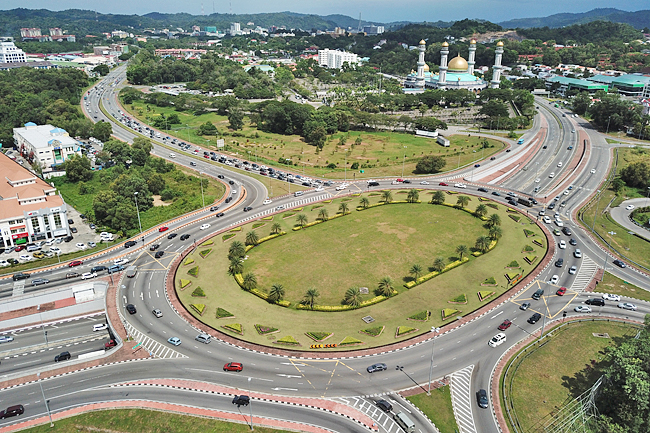Aerial photography is the art of capturing breath-taking images from elevated viewpoints, typically achieved through aircraft, drones, or similar platforms.
This method often offers a unique and wide perspective surpassing ground-level photography, allowing one to glimpse the world from above. In essence, when venturing into aerial photography, you embark on a journey capturing stunning images with an aerial view of the chosen location.
CHOOSING THE RIGHT APPROACH: SCALE AND CAMERA AXIS POSITION
When deciding to venture into experimenting with taking aerial photographs, there are two important factors that should be taken into account. The first is scale, while the second is camera axis position.
Capturing images at a close distance to the subject is referred to low altitude aerial photography. This approach allows for a larger scale, as the aircraft needs to fly at a lower altitude to capture the subject with greater detail.
Meanwhile, when photographs are taken from a higher altitude, everything appears smaller in comparison to the ground area. This is known as small scale aerial photography, offering a unique perspective showcasing the vastness of the surrounding landscape.

DIVERSE APPLICATIONS AND ADVANTAGES
It is interesting that aerial photography finds its applications not only in creative endeavours such as advertising campaigns and showcasing real estate properties, but also in a range of practical fields with a history that predates its accessibility to the public.
Military and government institutions have long utilised this form of imagery for map-making, land use planning, surveillance, emergency response, and disaster management.
Among the various methods of capturing aerial photography, the use of drones has emerged as a highly accessible option for gaining a bird’s-eye view of the world.
It’s important to note that operating drones involves remote control, requiring some adjustment if you are accustomed to handling DSLRs or similar equipment.
However, there are notable advantages to using drones, such as the ability to maintain a stationary position while composing the images, making it an invaluable benefit.
On the flip side, drones do have limitations when it comes to altitude compared to airplanes or other aircraft, requiring relatively close distances for capturing images.
It’s also worth mentioning that the affordability of drones has been on the rise in recent years, making them an increasingly practical option for aerial photography enthusiasts.
Another approach to aerial photography involves capturing images from a flying vehicle, such as an airplane or helicopter. This method, represents the more traditional approach to this type of photography.
In Brunei, for instance, one has the option of doing this either when flying on an airplane or a helicopter to capture stunning aerial photographs.
SELECTING THE PERFECT CAMERA AND LENS COMBINATION
When it comes to selecting the perfect camera for aerial photography, it’s essential to consider both the method of capturing photos and the intended purpose of the images.
This is because the requirements differ depending on whether shooting from an open-air helicopter or operating a drone.
When photographing from a plane or helicopter, the choice is between a DSLR and a mirrorless camera.
In this scenario, several key factors play a significant role in aerial photography, including resolution, in-camera stabilisation, and the available lens options.
For DSLR aerial photography, an ideal lens choice would be the 24-70 millimetre (mm) lens.
Its focal length provides a wide enough angle to capture sprawling landscapes, such as the entire city of Bandar Seri Begawan. By zooming in to 70mm, one can effectively photograph buildings and landmarks in greater detail when approaching them.
It’s advisable to carry two cameras. Attach a wide-angle zoom lens, like a 16-35mm, to one body, and a telephoto zoom lens, such as a 70-200mm, to the other camera. Once the lens is selected for the aerial photography, it’s best to stick with it throughout the flight without changing lenses.
Even in a relatively stable environment of an enclosed airplane, where it may seem safe to switch lenses, it’s still not ideal due to constant movement.
Since you won’t be stationary and hovering in one spot, any missed opportunities while changing lenses will be permanently lost.
Planning according to weather conditions and the time of day is also a crucial aspect when shooting aerial photography. Naturally, it depends on the subject and the type of image which needs to be captured. For dramatic images, opting for a sunny, cloudless day may not be the best choice.
Undoubtedly, aerial photography opens up a world of possibilities, allowing one to observe and document the environment from a distinctive and captivating perspective. It serves as a powerful tool that continually expands the horizons of visual storytelling. – Khayr Zakariyya








